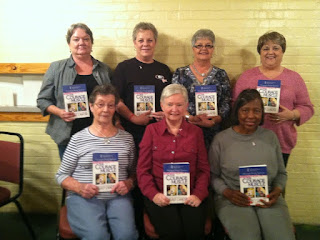By popular request, I have now issued an audiobook version of my book Goal Play! Leadership Lessons from the Soccer Field. The book has sold thousands of copies in paperback and on Kindle, but many of you have asked for a version to which you can listen.
I hope you enjoy it. I did most of the narration myself (see above for an actual outtake!), but other people have taken on some of the roles in the book--including the foreword written by Edgar Schein--and I think you will like the production quality and sound effects. (You can listen to that section of the book here, at my other blog on Wordpress, which permits inclusion of audiofiles in blog posts.)
I had to make a choice about distribution of the audiobook. Some suggested using Audible.com, but their terms and conditions are a bit unfriendly for a self-produced audiobook. Instead, I decided to disintermediate them and use a service called PayLoadz. This is a simple front-end that connects to fulfillment through Paypal. You click on the purchase link on this home page and immediately are given a PayPal screen, where you can use your PayPal account or a credit card. Then, you are provided with a link that contains the audiobook, and you download it.
I've set it up so that the entire book is in one compressed file that you can unzip (on PCs) or unstuff (on Macs). After you download, you can save it to your hard drive or copy it to a CD or a thumb drive or whatever you like.
In coming weeks, I may also offer a CD version of the book. I have deferred this for now because it involves a different kind of fulfillment. Please let me know if that would be more helpful to you.
In the meantime, please click here and enjoy the show!
I hope you enjoy it. I did most of the narration myself (see above for an actual outtake!), but other people have taken on some of the roles in the book--including the foreword written by Edgar Schein--and I think you will like the production quality and sound effects. (You can listen to that section of the book here, at my other blog on Wordpress, which permits inclusion of audiofiles in blog posts.)
I had to make a choice about distribution of the audiobook. Some suggested using Audible.com, but their terms and conditions are a bit unfriendly for a self-produced audiobook. Instead, I decided to disintermediate them and use a service called PayLoadz. This is a simple front-end that connects to fulfillment through Paypal. You click on the purchase link on this home page and immediately are given a PayPal screen, where you can use your PayPal account or a credit card. Then, you are provided with a link that contains the audiobook, and you download it.
I've set it up so that the entire book is in one compressed file that you can unzip (on PCs) or unstuff (on Macs). After you download, you can save it to your hard drive or copy it to a CD or a thumb drive or whatever you like.
In coming weeks, I may also offer a CD version of the book. I have deferred this for now because it involves a different kind of fulfillment. Please let me know if that would be more helpful to you.
In the meantime, please click here and enjoy the show!























